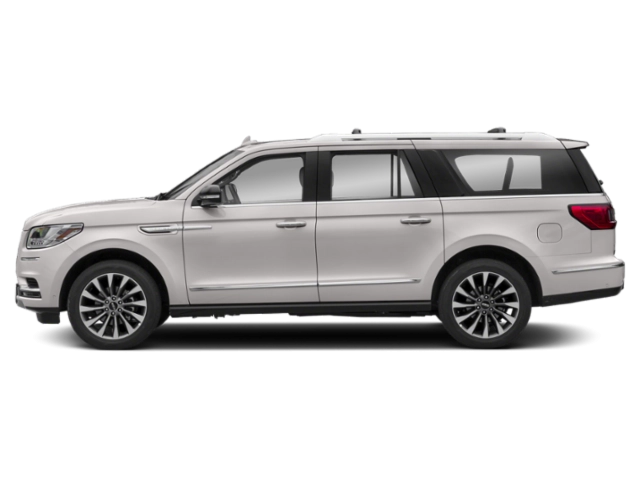2015 Lincoln Navigator Owner's Manual

Table of Contents
2015 Lincoln Navigator Overview
Introduction
The 2015 Lincoln Navigator stands as a symbol of luxury and performance in the full-size SUV segment. Known for its spacious interior and premium features, the Navigator caters to drivers who prioritize comfort, style, and capability. With its imposing presence and sophisticated design, the 2015 model year offers a perfect blend of functionality and elegance, making it an ideal choice for families and adventurers alike.
Powertrains
Under the hood, the 2015 Lincoln Navigator is powered by a robust 3.5-liter twin-turbocharged V6 engine, delivering an impressive 370 horsepower and 430 lb-ft of torque. This powertrain is mated to a smooth 6-speed automatic transmission, providing seamless acceleration and a confident driving experience. The Navigator offers both rear-wheel and all-wheel drive configurations, ensuring optimal traction and handling regardless of the road conditions. With a towing capacity of up to 8,300 pounds, the Navigator is well-equipped for hauling trailers and other recreational gear.
Trims
The 2015 Lincoln Navigator is available in two well-appointed trims: the base Navigator and the luxurious Navigator L. The Navigator L offers extended cargo space, making it perfect for larger families or those needing more room for gear. Both trims come generously equipped, featuring premium leather seating, advanced technology, and sophisticated design elements that elevate the driving experience.
Features
The Navigator impresses with its array of features, including a high-end audio system, a navigation system, and an intuitive touchscreen interface. Other highlights include heated and ventilated front seats, a rearview camera, adaptive cruise control, and a panoramic sunroof. Safety features such as blind-spot monitoring, lane-keeping assist, and multiple airbags come standard, providing peace of mind for both drivers and passengers.
Owner's Manual
The 2015 Lincoln Navigator's owner's manual serves as a comprehensive guide for new owners, detailing operation, maintenance, and safety features. It provides essential information about the vehicle's technology, troubleshooting tips, and routine care to ensure optimal performance and longevity. This manual is an invaluable resource for maximizing your ownership experience.
User manual download
The Lincoln Navigator owner manual for the 2015 model year is to be found in PDF downloadable format on this page. The owner manual for the model year 2015 is free and in English, but the repair manuals are usually not easy to get and may cost more.
Manual Questions
Fill the form below and someone will help you!

